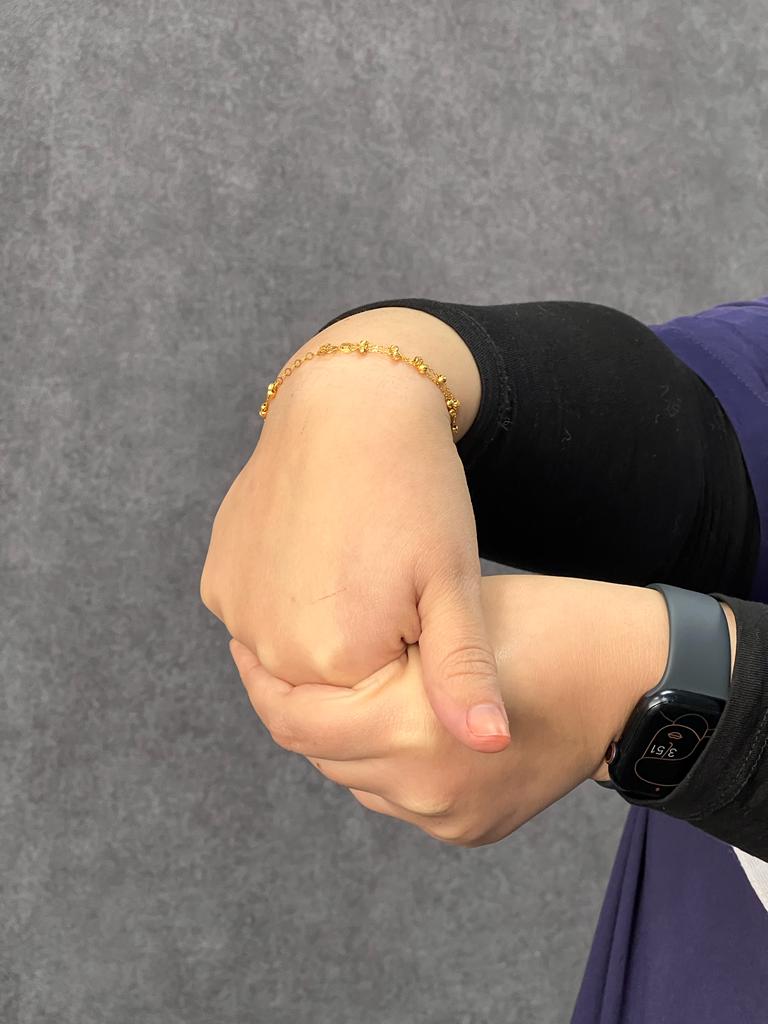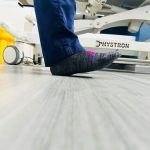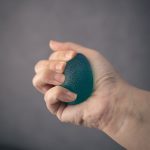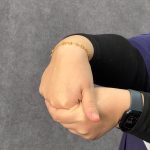Table of Contents

Health Blog | 3 MIN READ
Lateral Meniscus Tear
Dr. katherine Valdez
Anatomy
The knee is largest and most complex joint of the human body. The knee consists of 4 bones: the thigh bone (Femur), the shin bone (Tibia), the smaller along the Tibia (Fibula) and the knee cap (Patella), 4 ligaments that provide stability to the knee: the anterior cruciate ligament (ACL) that prevents excessive posterior translation of the femur over the tibia, the posterior cruciate ligament (PCL) that prevents excessive anterior translation of the femur over the tibia and the collateral ligaments (MCL and LCL) which prevents excessive valgus or varus translation of the femur, the meniscus (medial and lateral) that acts as a shock absorber of the knee and bursae or fluid-filled sac that helps with the smooth mobility of the knee.
These complex joint helps with stability as we stand straight, walk, run or ascend and descend stairs and even jumping. Its mobility helps us with our daily activities such as sitting, reaching something on the ground or lifting.
The menisci of the knee are semicircular fibrocartilaginous structure that is responsible for more than 50% load transmission across the knee and increase joint
Cause and Risk
Torn meniscus can be due to different activities that causes the knee to forcefully twist or rotate the knee, such as aggressive pivoting or sudden stops and turns. Exercises such as deep squatting or lifting heavy object can also cause tear in the meniscus. Even simply kneeling down in a repetitive manner can cause tear and it can be age-related, as we grow older, we develop degenerative changes in the knee that increase the risk of tearing the meniscus.
Symptoms
Torn meniscus might take 24 hours or more for the pain and swelling to begin, especially when the tear is small. Other symptoms may develop such as, popping sensation of the knee, stiffness, difficulty in fully straightening the knee or the feeling that your knees are locked or the feeling the knee suddenly collapse. The symptoms of torn meniscus may vary in severity and onset of symptoms.
Diagnosis
To rule in whether an individual has a lateral meniscal tear, upon physical examination and patient interview, the doctor will ask about the description, location and onset of pain and the patients’ daily activities, sports or lifestyles. There are few tests in ruling in Lateral Meniscus Tear:
Exercises
1 - Exercises: a. Pivoting and Deep Squatting. As we should keeping working on the strength of the quads, we must avoid these exercises to reduce the load and weight bearing to the knee joint.
2 - Stretching Exercises: a. Seated Calf and Hamstring Stretch. a. Quads Activation. In supine or long sitting position, place a towel behind the knee joint then gently squeeze down the towel using the knee, hold the position for 6 sec then repeat for 10 reps for 2 sets.
3 - Strengthening Exercises:a. Quads Activation. In supine or long sitting position, place a towel behind the knee joint then gently squeeze down the towel using the knee, hold the position for 6 sec then repeat for 10 reps for 2 sets.
b. Heel Slides. In supine or long sitting position, slide the heel towards the buttocks as close as you can without pain then slide it to straighten the knee. Do it for 10 repetitions for 2 sets.
c. Straight Leg Raise. In supine position, raise the leg up without bending the knees, hold the position for 6 secs then repeat for 10 repetitions for 2 sets
d. Hip Adduction and Abduction. In side-lying position, raise the upper leg to activate abduction then hold the position for 6 sec, 10 repetitions for 2 sets. Then raise the lower leg to activate hip adduction of the opposite leg, then hold the position for 6 sec, 10 repetitions for 2 sets.
e. Hamstring Activation (Glutes Bridge). In supine position, bend the knees slightly away from the midline then point your toes up. Squeeze the buttocks and lift the glutes up, hold the position for 6 secs, 10 repetitions for 2 sets.
f. Mini Squats. In standing position, slightly bed the knees towards half squats, hold the position for 6 sec as tolerated for 10 reps, for 2 sets.
McMurray’s Test is used to determine whether an individual has as torn meniscus on the knee. The patient is in supine, the therapist will hold the knee and palpate the knee joint using the proximal hand and the distal hand holds the sole of the foot and acts as support the limb and provide the required movement through the range, then the therapist extends the knee from maximum flexion with internal rotation with varus stress and external rotation and valgus stress of the knee. The test is positive for lateral meniscal tear if pain is felt during internal rotation with varus stress and a positive for medial meniscal tear if the pain is felt during external rotation and valgus stress.
To differentiate it from other knee pain and injuries, the doctor might request for detailed imaging like MRI or perform few tests to rule out like Varus Stress Test for Lateral Collateral Ligament Injury.
Varus Stress Test is the most useful in assessing the LCL injury, where the patient is in supine with proximal hand on the medial side of the knee and the distal at the lateral side of the ankle, patient’s knee is positioned first at 30 degrees flexion and apply varus stress force towards the knee and the test is positive if there is an increase in joint laxity and gapping.
Treatment
Once we confirm the diagnosis after the history taking, assessments and physical examination, the treatment will be based on the severity of the symptoms. Many non-surgical treatments are helpful in treating Lateral Meniscal Tear.
Rest. The physiotherapist will recommend you to avoid activities that will aggravate the knee such as twisting, rotating or pivoting your knees. If the pain is severe, we recommend the use of assistive device such as crutches to decrease the load from the knee during weight bearing activities.
Ice. In the presence of swelling, the application of ice with elevation for 10 to 15 mins will help reduce the swelling.
Physiotherapy. Manual therapy and exercises will help reduce the pain and swelling, as well as, increase the strength of the surrounding area that will help stabilize and support the knee.
In severe cases such as older aged patient that are physically active or if the tear is graded as moderate to severe, surgical treatment is recommended. Meniscectomy is an arthroscopic minimally invasive surgical procedure to repair torn meniscus.



